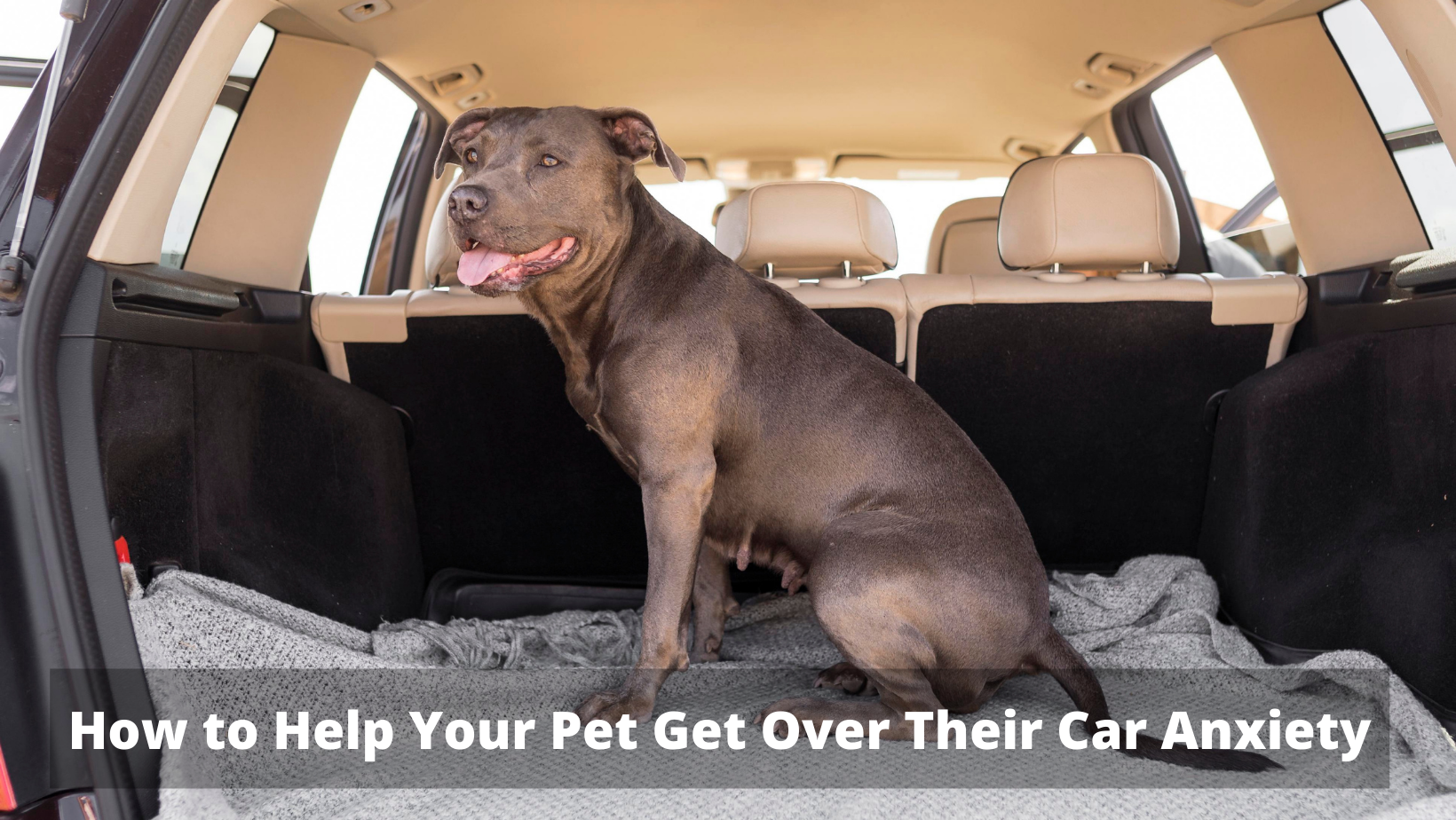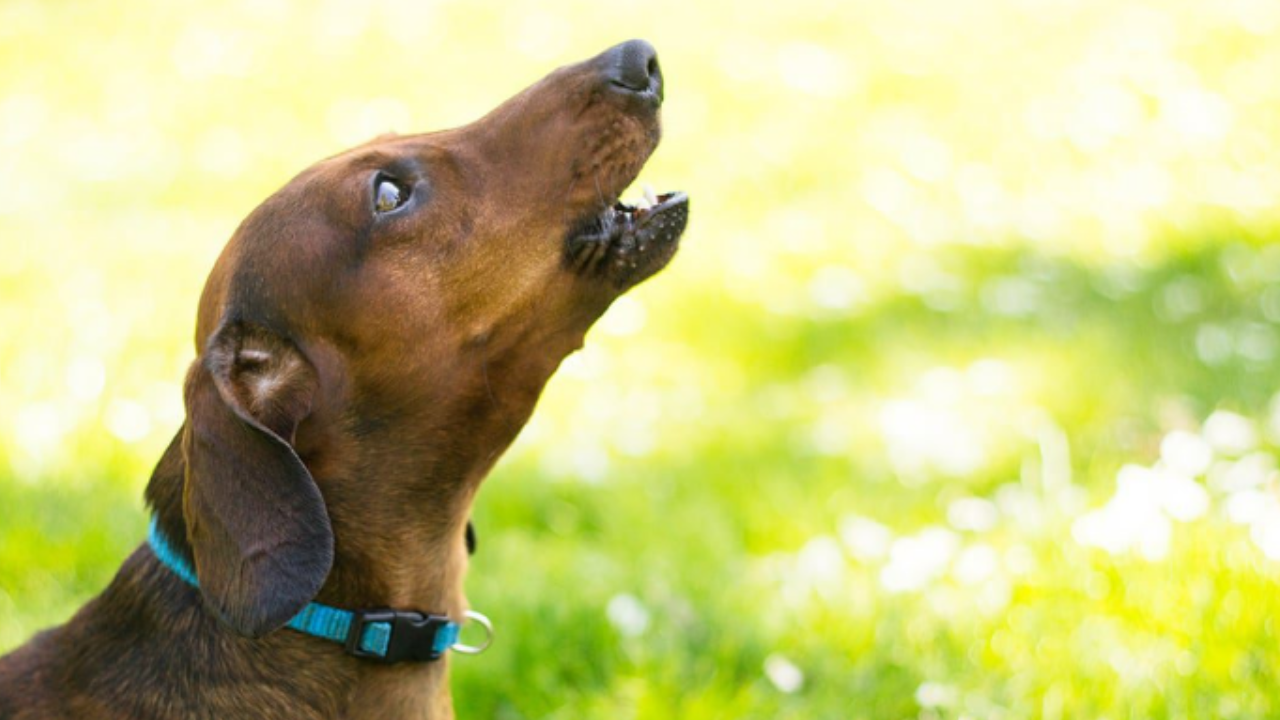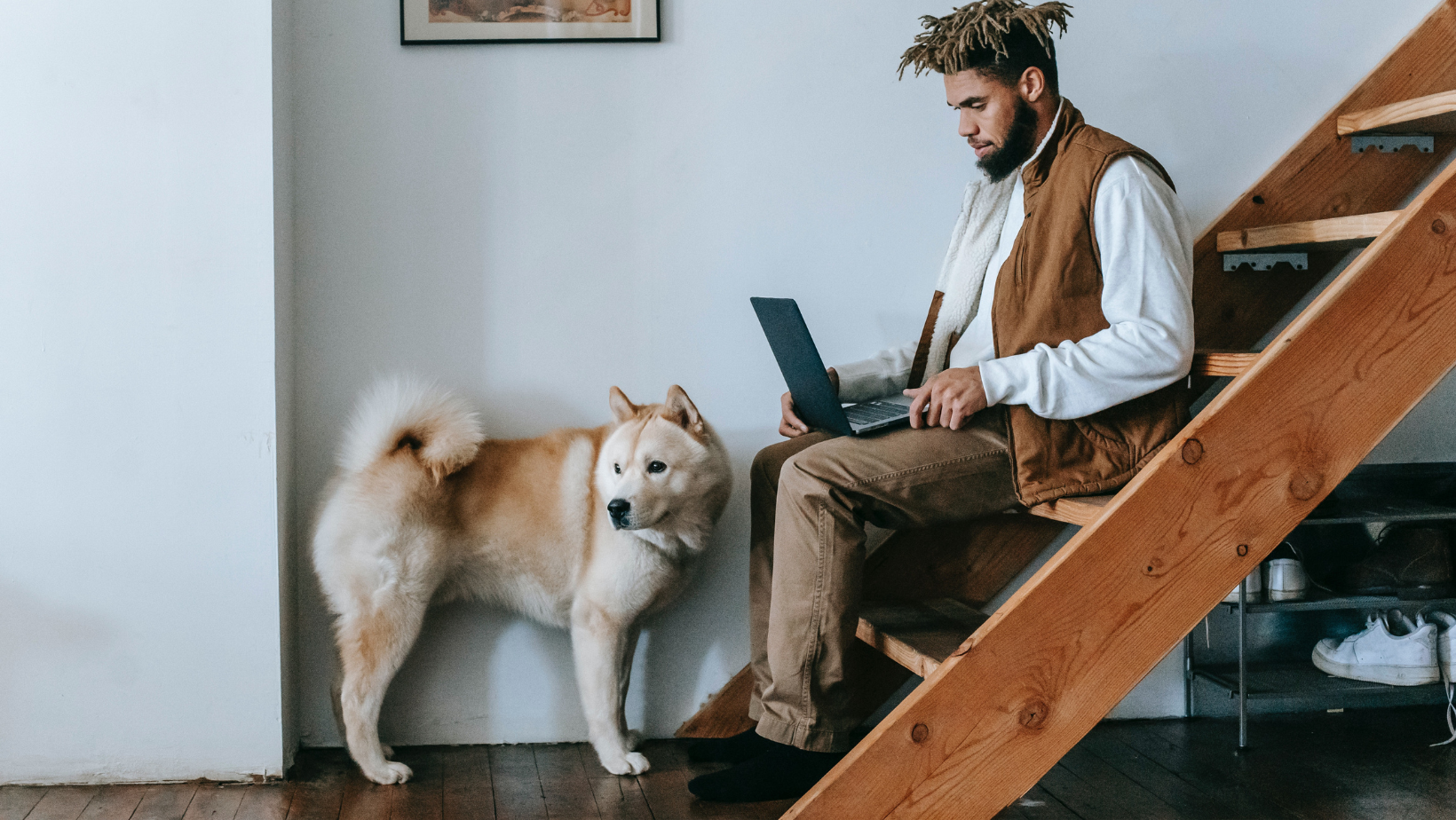How to Help Your Pet Get Over Their Car Anxiety

When you adore your dog, you want to take it wherever with you. Even if it means getting behind the wheel of an automobile. While many dogs enjoy automobile rides, others despise them and whimper, slobber, or even vomit. This might be caused by motion sickness, a past traumatic experience in the automobile, such as an accident, or fear of being imprisoned within a massive, moving machine. Car journeys can also put a dog off if the regular destination is something unpleasant, such as the vet. When your dog is unhappy in the car, it might make everyone else unhappy as well. Teach your dog to ride in the car peacefully and pleasantly so that he or she becomes an excellent passenger. In this blog we will discuss how to help your pet get over their car anxiety.
Teach Your Dog to Enjoy Driving
Although it’s easier to avoid automobile difficulties in young puppies, any dog may be trained to link the car with great things through desensitisation and counter-conditioning. Desensitization is a process of progressively introducing your dog to the automobile in a step-by-step manner. By having fantastic things happen around and inside the automobile, counter-conditioning shifts your dog’s emotional response from negative to positive.
You may need to educate your dog to ride in the car starting 10 feet away when the car is parked in the driveway, depending on how violently your dog responds. Alternatively, you may begin with your dog in the rear seat. The goal is to find a comfortable and calm distance between you and your dog, then gradually increase it. Give your dog something he or she enjoys at each stage of the procedure, such as a favourite toy, tasty snacks, or a meal. You may even have a trick training session or play games together.
Anything goes as long as it helps your dog associate the automobile with food and enjoyment. Only approach your dog when he or she is entirely comfortable at this time. You’ve moved too quickly if your dog stops eating or playing. Simply back up a few steps until your dog calms, then begin again. It might take minutes or weeks for you to get inside the automobile. Be patient and move at the same rate as your dog.
It’s now time to install the additional components that come before a drive. Sitting in the driver’s seat, closing the doors, or making the remote locks beep are just a few examples. Pair each step with something nice once again. Play tug-of-war together or toss snacks in the back seat. Incorporate a cage or vehicle harness tied to a seat belt into your dog training regimen to keep your dog safe in a moving automobile. Turning the car on and off should be the final step in teaching your dog to ride in a car. Don’t go anywhere just yet; instead, teach your dog to link engine noises with food, joy, and activities.
Teach Your Dog to Enjoy Car Rides
You may now add motion to the mix now that your dog looks forward to getting in the automobile. Begin with extremely short distances, such as the driveway’s end and back. Continue to increase the amount of time you spend driving in small increments. Make every trip as enjoyable as possible, just like you did previously. While driving, praise your dog and use upbeat, supportive conversation. Even better if you can seek the support of a companion to accompany you on your journey and provide positive reinforcement. When you first start getting out of the house, go to places you know your dog will appreciate. Drive to a nearby park or the woods outside of your area, for example. Before going home, go outside and let your dog play and explore.
Your dog will soon look forward to automobile outings since the travel is delightful and the destinations are enjoyable. Of course, not all of your excursions will be pleasant once you train your dog to travel in the automobile. Visiting the veterinarian or groomer may be a stressful experience. Make sure those places are few and far between, and always include toys or goodies to sweeten the deal when they are required.
Preventing Motion Sickness in Dogs
Puppies are more prone than adult dogs to feel car sick, although many will outgrow their motion sickness as they get older. For those who don’t, the actions outlined above can assist your dog in becoming acclimated to being in a moving vehicle. If your dog still has an upset stomach due to motion sickness or worry, here are some suggestions to help soothe his stomach:
- Maintain a cool interior temperature in the vehicle.
- To get some fresh air, open the windows.
- For a few hours before the journey, restrict your dog’s food and water intake.
- Ask your veterinarian about motion sickness or anti-anxiety medicine.
- To reduce tension, exercise your dog around 20 minutes before your travel.
- In the automobile, spray dog pheromones. These pheromones, which come in the form of collars, diffusers, and sprays, resemble the odour of a nursing mother dog and help to soothe even adult canines.





